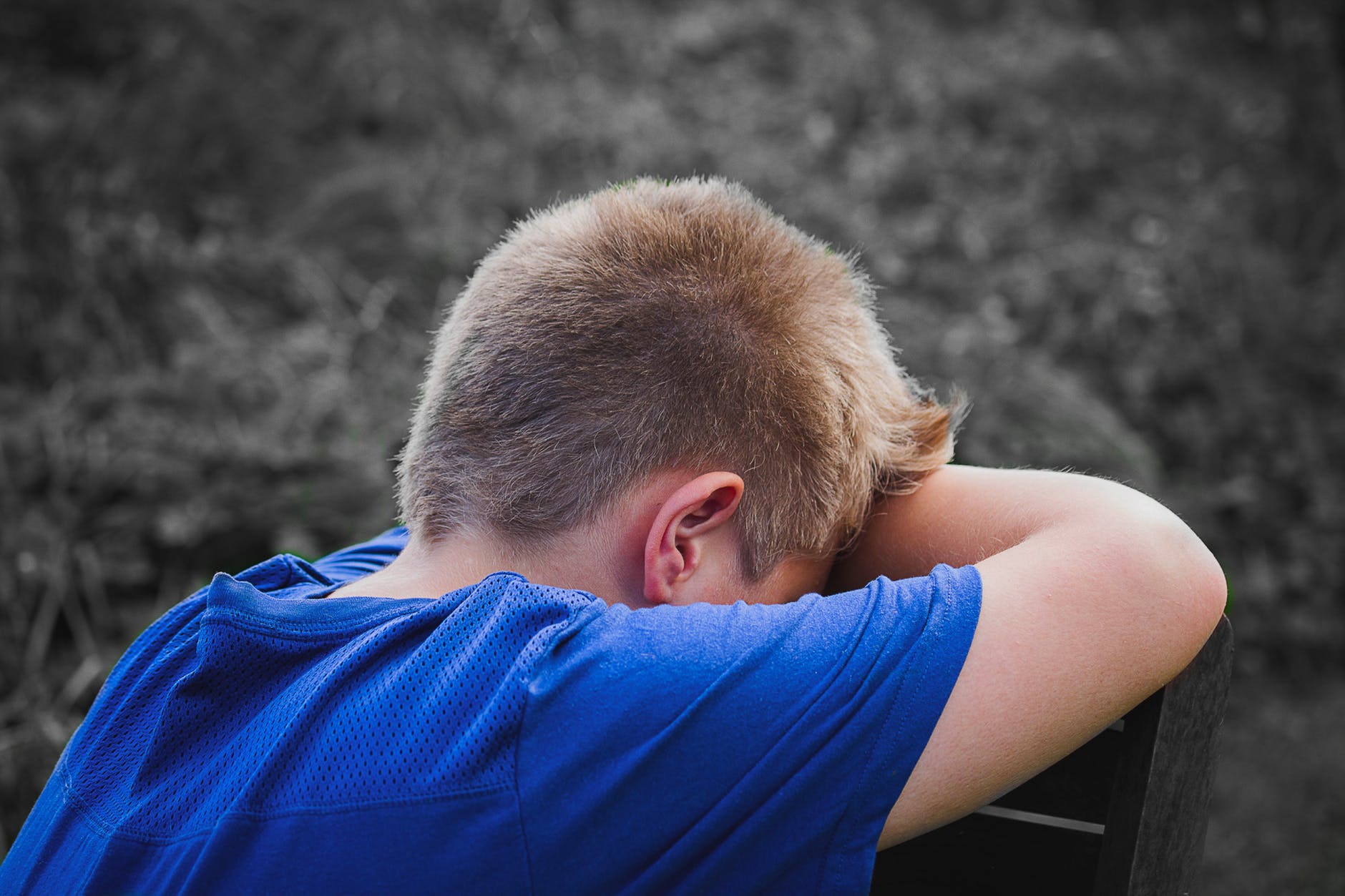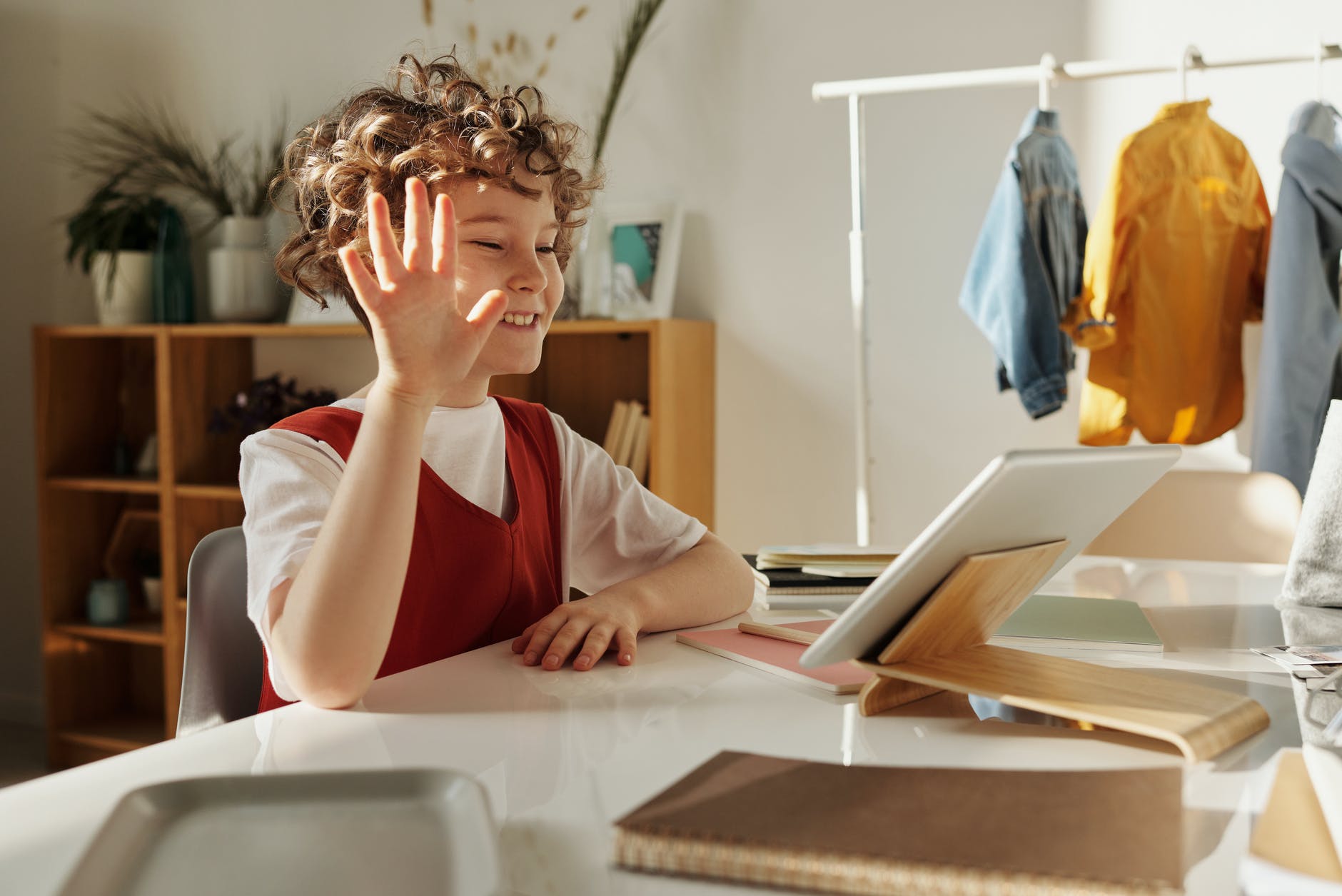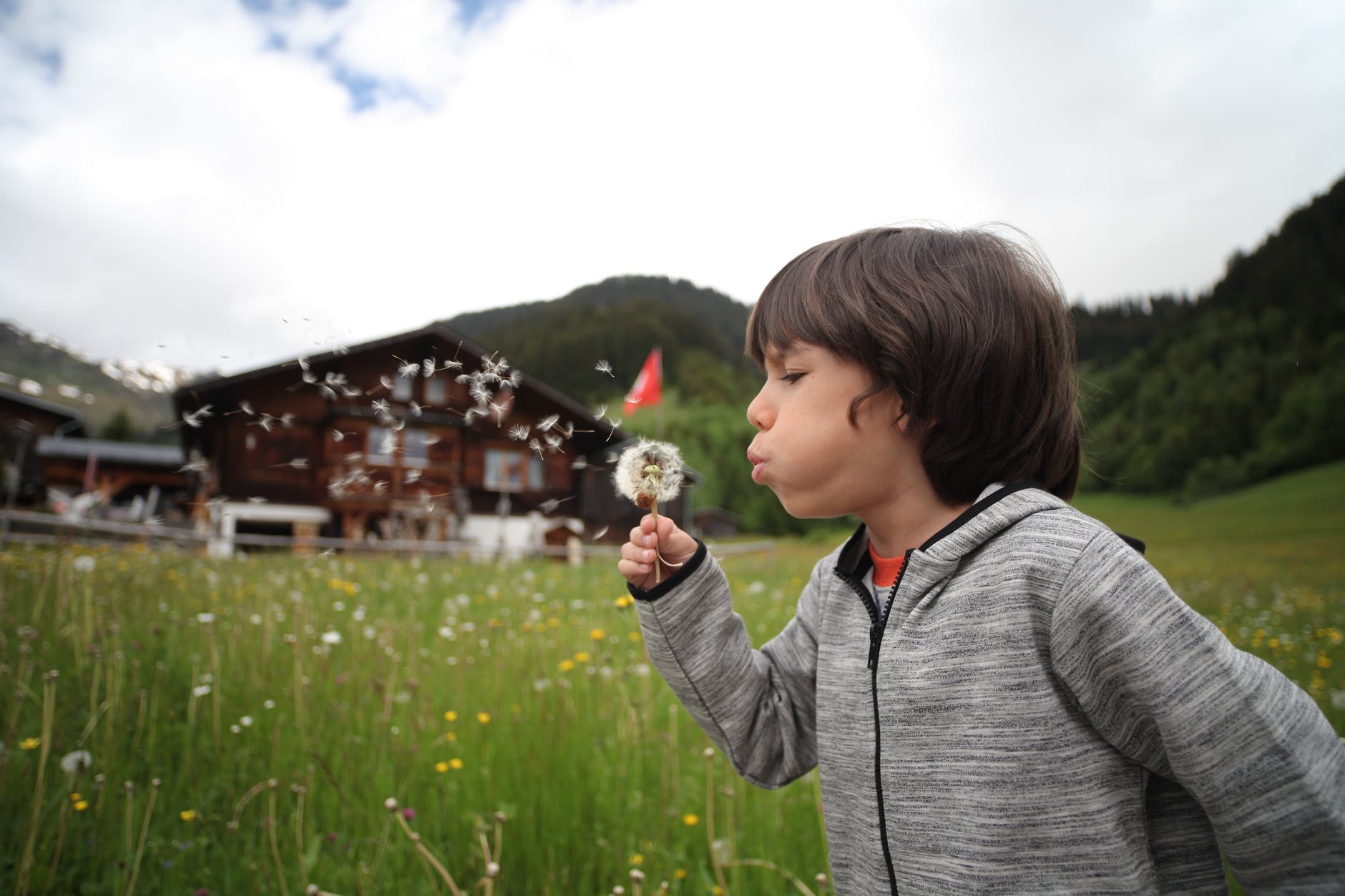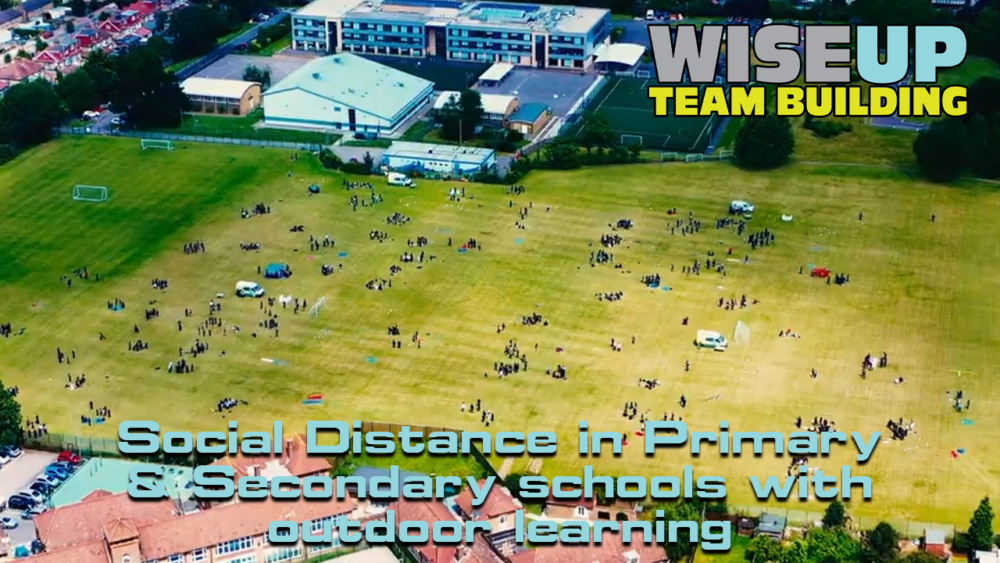Learning outside the Classroom
With the recent government update mentioning the gradual re-opening of schools, teachers and staff will be trying to find ways of maintaining social distancing while getting students back into their learning. As the first ones to potentially re-open, primary schools will essentially be the testing ground for how to achieve this new normal. But how do you keep 30 odd children physically separated within the confines of a classroom? Can you really maintain social distance in schools? And how will this period of enforced separation have affected them?
Reception / Early Years and Year 1 Development
Kids starting Year 1 after Reception/Early Years are naturally at a stage in their development where friendships are important. They are learning to build strong relationships with others, while starting to consider feelings and boundaries. A large part of this is tactile play. Sharing toys, building small forts and playing games like tag (or tig, depending on where you are!) are important to help this development. These will all have been things children were doing, and indeed encouraged to do, before the UK went into lockdown. How do we now explain to them that they can no longer do these things with their friends when they see them again?
At this young age, they are also eager to please the adults in their lives. It was previously very normal for these students to hug their teachers. Some would hold their teachers hands as they moved around the school. Many youngsters have been taught to hug a friend to say sorry, or to “kiss it better” if they accidentally hurt someone. All of this hands-on interaction will almost now need to be un-taught.
This will be especially hard as around 6-7 years old is when kids naturally start to develop more of an awareness of the news around them. Disaster stories and depressing news can cause anxiety and fear in young children. Unfortunately, there has been plenty of that lately. As educators, we have a lot of work to do to help our young charges overcome these challenging new times.

Image Source: Pexels
Teaching social distancing to children
One way of teaching social distancing to young children, particularly in schools, is through new and adapted games. Including pieces of rope or string cut to 2 metre lengths will help them maintain distance. Students working in smaller groups spread apart from others is another tactic. Communication exercises and activities can aid them to still manage to problem solve together, while being physically apart. The key is maintaining that distance and outdoor learning is the perfect way to do this.

Image Source: Pexels
Year 6 transition: From primary to secondary
Year 6 pupils have been particularly affected with the coronavirus crisis. The abrupt closure of schools came at a time when they would normally have been focusing on transitioning into secondary school. Students have potentially missed out on vital inter-personal development, where they would usually be saying goodbye to some childhood friends and making new ones. Many 11 & 12 year old’s will be feeling incredibly anxious about the move to a different school. Studies have shown that helping young people as they make this transition will benefit them for the rest of their secondary school career. So we know this is incredibly important! But how can schools facilitate this while maintaining government advice?

Image Source: Pexels
Outdoor Learning for school children
Learning outside the classroom naturally gives learners what is needed to maintain social distancing – and that is space. Rather than sitting in cubicle style classrooms, embracing the space outside will be much more beneficial for students on so many levels.

Image Source: Pexels
How does learning outside the classroom help students going back to school?
- Less risk of COVID-19 infection – The open nature of the outdoors means that droplets containing the coronavirus have a much larger area to disperse. They are therefore much less likely to come into contact with people.
- Children can maintain social distancing – As mentioned previously, the outdoors offers the space needed for large numbers of school children to remain a safe distance away from one another.
- Fresh air improves concentration – Studies have shown that the increased carbon dioxide levels that accumulate in classroom leads to poor concentration. Fresh air invigorates our bodies, and helps us learn better as a consequence.
- It’s a novelty – With access to the outdoors limited during lockdown, it has become something children aren’t used to. School students tend to find new activities and environments stimulating. This is proving they have the support of people they know around them.
- Sunshine helps learning – Science has proven that exposure to UV light from the sun activates a “molecular pathway” in the brain that heightens the ability to learn. Add to that the feeling of wellbeing we get from the increased levels of seratonin that gets released in our bodies as a result of being out in the sun, and the science is pretty conclusive.
Outdoor Learning & COVID-19
So now we know why it’s a great idea for school students to spend time learning outside when schools re-open. But what should they actually be learning? And, more importantly, how?
According to the Institute for Outdoor Learning “Outdoor Learning is a broad term that includes discovery, experimentation, learning about and connecting to the natural world, and engaging in environmental and adventure activities” Rather than focusing on traditional school curriculum subjects, outdoor learning focuses on the development of people as a whole. Through experiential activities, people learn and develop key personal and interpersonal skills. Resilience, communication, team work and problem solving are some of the elements outdoor learning nurtures.
School subjects can be integrated within outdoor activities for an all round educational experience. For example, maths workshops built into team building activities, and science incorprated with bushcraft sessions. Without the constraints of attainment targets, outdoor learning allows for a more fluid approach to learning. This makes it adaptable and inclusive for all.

Image Source: Pexels
How can schools incorporate outdoor learning?
Outdoor learning, like most industries, has a vast number of professionally trained facilitators. Throughout the development of this pandemic, the sector has been working incredibly hard to adapt our approach. Activities have been re-designed, equipment has been thoroughly cleaned and new challenges have been created. Visits to traditional outdoor centres may not be a viable safety option right now. However mobile providers are able to bring this vast wealth of knowledge and experience to your school site.
Get in Touch
WiseUp Team Building’s school activity days make a great way for students to interact with each other while learning. Our range of educational and fun activities adhere to the government scientific advice on hygiene levels and distancing. Please use our easy enquiry form to see how we can help your students kick-start their learning after the coronavirus pandemic.
Title Image Source: WiseUp Team Building
Return to Blog


